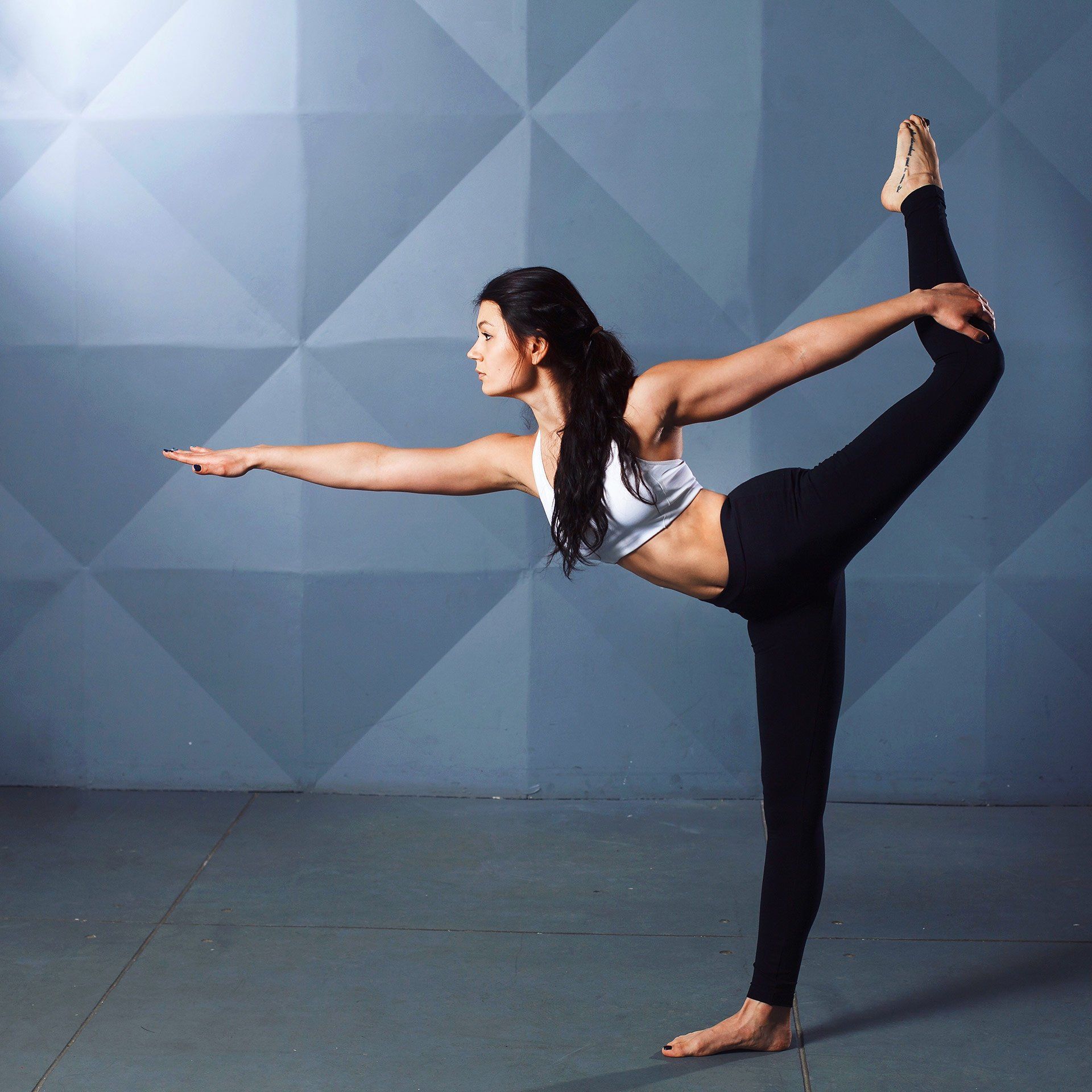By Shelley Isley
•
May 15, 2024
Dance is a language of the soul, where words fail, movements speak. It's a universal form of expression that transcends boundaries, cultures, and languages. From the graceful twirls of ballet to the pulsating beats of hip-hop, dance manifests in myriad forms, each telling a unique story. At its core, dance is more than just coordinated movements; it's a powerful medium of communication. It conveys emotions, narratives, and cultural heritage, often without uttering a single word. Through dance, we express joy, sorrow, love, and longing, forging connections that resonate with our shared human experience. One of the most captivating aspects of dance is its ability to evoke emotions and provoke thought. Whether it's the intricate footwork of flamenco or the fluid motions of contemporary dance, each style has its own captivating charm. Watching a skilled dancer is akin to witnessing poetry in motion, as they effortlessly translate music and emotion into physical form. Moreover, dance is deeply intertwined with culture and tradition. Traditional dances serve as a repository of cultural heritage, preserving rituals, stories, and customs passed down through generations. They offer a window into the rich tapestry of human history, showcasing the diversity and beauty of our world. In addition to its cultural significance, dance also holds immense therapeutic value. Countless studies have shown that dancing can reduce stress, improve mood, and enhance overall well-being. It provides an outlet for self-expression, allowing individuals to release pent-up emotions and connect with their bodies in a profound way. Furthermore, dance fosters a sense of community and belonging. Whether it's a group of friends dancing at a party or a professional troupe performing on stage, dance has the power to bring people together. It transcends barriers of age, gender, and background, uniting individuals in a shared passion for movement and expression. In recent years, dance has also emerged as a platform for social change and activism. From choreographed protests to dance-based therapy programs, artists around the world are using dance as a tool for empowerment and advocacy. It's a testament to the transformative power of movement, as it inspires change and challenges perceptions. Ultimately, dance is a celebration of life itself – a testament to the beauty of human creativity and expression. Whether you're a seasoned professional or a novice enthusiast, there's a place for everyone in the world of dance. So let's embrace the rhythm, surrender to the music, and dance our way through life's journey, one step at a time.





